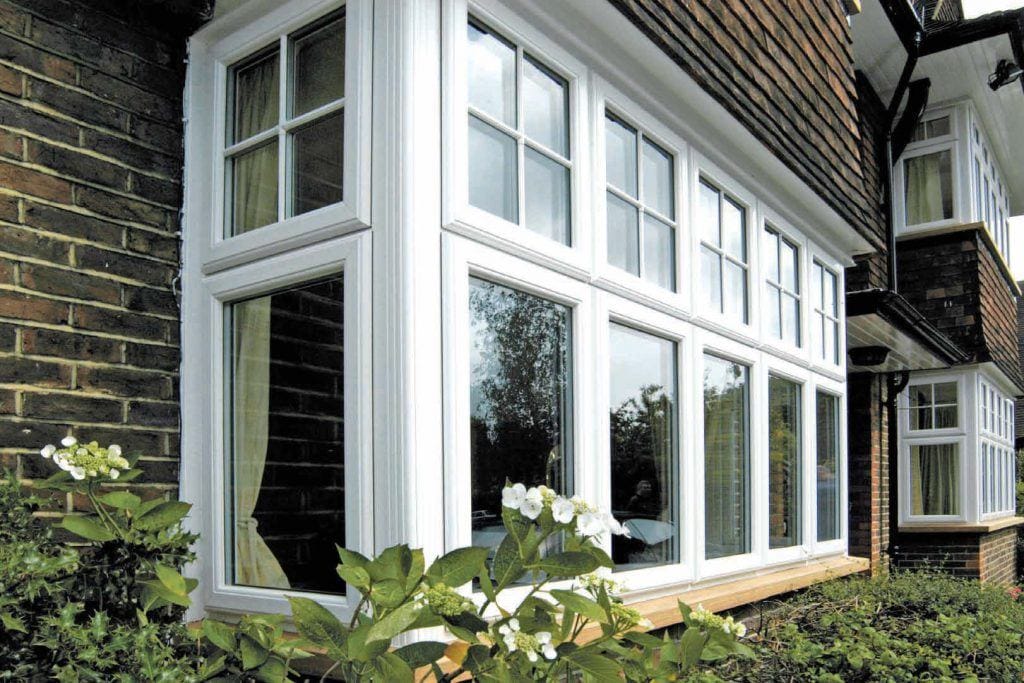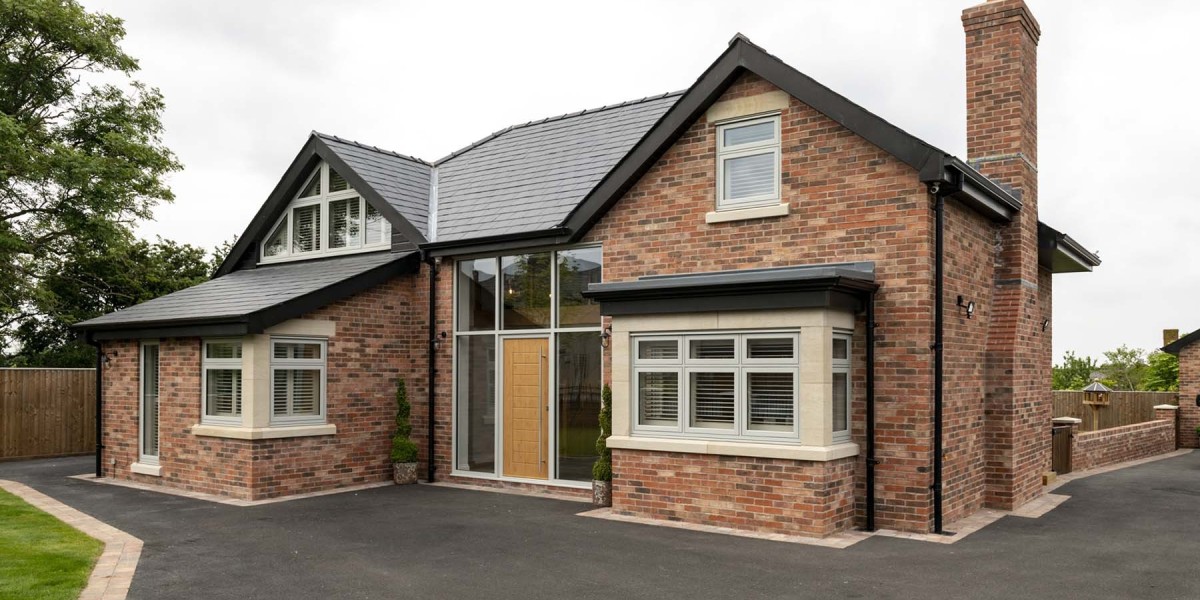Bifold doors, also known as folding doors, have gained significant popularity in modern architecture due to their versatility, aesthetic appeal, and functionality. This article explores the evolution of bifold doors, their various applications, benefits, and considerations for homeowners and builders alike.
Historical Context
The concept of bifold doors dates back to ancient civilizations where large openings were necessary for ventilation and light. Early forms of folding doors were made from wood and were used in palaces and grand estates. As architectural styles evolved, so did the materials and designs of bifold doors. The introduction of aluminum and glass in the 20th century revolutionized bifold door design, allowing for larger panels and more intricate configurations.
Design and Functionality
Bifold doors consist of multiple panels that fold back against themselves when opened, creating a seamless transition between indoor and outdoor spaces. They are typically composed of two or more panels hinged together, allowing them to fold in or out. The most common configurations involve two, three, or four panels, but custom designs can accommodate a variety of spaces.
One of the most significant advantages of bifold doors is their ability to open up an entire wall, maximizing natural light and providing unobstructed views. This feature is particularly beneficial in residential spaces where homeowners seek to enhance their connection with nature and the outdoors. Bifold doors can be installed in various settings, including patios, balconies, and as room dividers.
Materials and Construction
Bifold doors are available in a range of materials, including wood, aluminum, and uPVC (unplasticized polyvinyl chloride). Each material offers distinct advantages:
- Wood: Known for its natural beauty and warmth, wooden bifold doors can be customized to match any interior design. However, they require regular maintenance to prevent warping and damage from moisture.
- Aluminum: Lightweight and durable, aluminum bifold doors are resistant to corrosion and require minimal upkeep. They can be powder-coated in various colors, allowing for a modern aesthetic that complements contemporary architecture.
- uPVC: This material is highly energy-efficient and low-maintenance. uPVC bifold doors are often more affordable than their wooden or aluminum counterparts, making them a popular choice for budget-conscious homeowners.
Energy Efficiency
In an era of increasing energy costs and environmental awareness, the energy efficiency of bifold doors is a crucial consideration. Modern bifold doors are designed with thermal insulation in mind. Double or triple glazing options are available, which significantly reduce heat loss and improve energy efficiency. Properly installed bifold doors can help maintain a comfortable indoor temperature, reducing reliance on heating and cooling systems.
Additionally, bifold doors can contribute to sustainable building practices. Windows By Ideal Glass maximizing natural light, they reduce the need for artificial lighting during the day. This not only lowers energy consumption but also enhances the overall ambiance of the space.
Aesthetic Appeal
Bifold doors are a striking architectural feature that can enhance the aesthetic appeal of any home. Their sleek lines and large glass panels create a modern look that complements various design styles, from contemporary to traditional. Homeowners can choose from a range of finishes and configurations to suit their personal taste and the overall design of their home.
The ability to seamlessly connect indoor and outdoor spaces is another aesthetic benefit. When fully opened, bifold doors create a sense of continuity between the two areas, making outdoor spaces feel like an extension of the home. This is particularly advantageous for entertaining, as it allows for a natural flow between indoor and outdoor gatherings.
Applications in Residential Spaces
Bifold doors are versatile and can be employed in various residential applications. Some common uses include:
- Patios: Bifold doors can open up a living area to a patio, creating an inviting outdoor entertainment space. This is particularly popular in warmer climates where outdoor living is a significant part of the lifestyle.
- Balconies: In apartments or multi-story homes, bifold doors can provide access to balconies, allowing for easy movement between indoor and outdoor areas while maximizing views.
- Room Dividers: Bifold doors can be used to create flexible spaces within a home. For example, they can separate a dining area from a living room, allowing homeowners to open or close the space as needed.
Considerations for Installation
While bifold doors offer numerous benefits, there are several factors to consider before installation:
- Space Requirements: Bifold doors require adequate space to operate effectively. Homeowners should ensure that there is enough room for the doors to fold back without obstruction.
- Installation: Professional installation is recommended to ensure that bifold doors are properly aligned and function smoothly. Poor installation can lead to operational issues and reduce the longevity of the doors.
- Maintenance: Depending on the material chosen, maintenance requirements can vary. While aluminum and uPVC require minimal upkeep, wooden bifold doors may need regular staining or sealing to protect against the elements.
Conclusion
Bifold doors have become a staple in modern architecture, offering a blend of functionality, aesthetic appeal, and energy efficiency. Their ability to create seamless transitions between indoor and outdoor spaces makes them an attractive option for homeowners looking to enhance their living environment. As technology and materials continue to evolve, bifold doors will likely remain a popular choice in residential design, providing beauty and practicality for years to come. Whether for a new build or a renovation, bifold doors represent a forward-thinking solution that aligns with contemporary lifestyle preferences.








